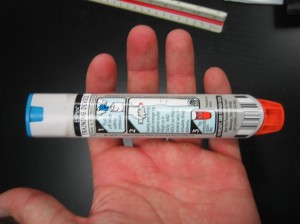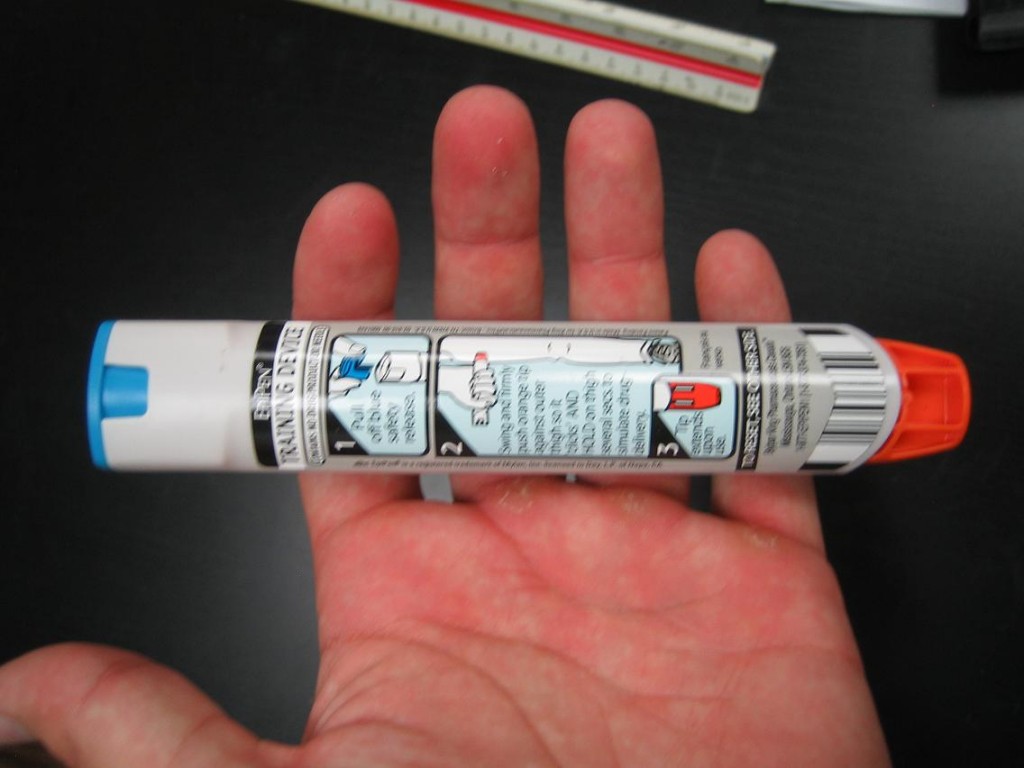
Allergy is a harmful immune system reaction to a normally harmless substance. An allergic reaction is a manifestation that there is a tissue injury from the interaction of the antigen (foreign substance) and antibody (immune’s system response). One type of allergy is commonly known as skin allergy that may come in the form of contact or atopic dermatitis.
Atopic Dermatitis
Atopic dermatitis is an immediate anaphylactic hypersensitivity disorder. It is usually chronic (lasts for more than six months), with episodes of remissions and exacerbations. It also has a predisposing factor of familial history.
Manifestations
Blood tests of persons with atopic dermatitis would indicate elevated levels of serum IgE and peripheral eosinophilia. It is manifested by hyperirritability of the skin associated with pruritis or itching related to large amounts of histamine in the skin. There are also changes in the skin’s lipid content, sebaceous gland activity, and sweating that could cause extreme dryness and itching in a person with atopic dermatitis. Redness of the skin is easily seen after scratching the area. Lastly, lesions may develop due to injury from scratching, and in areas with increased sweating.
Management
Management of atopic dermatitis aims to decrease scratching and pruritis, and prevent infection.
- Let the patient wear cotton fabrics.
- Use mild detergent in washing the patient’s clothes to prevent further irritation of the skin.
- Humidify dry heat during winter.
- Maintain a cool temperature of 680 F to 720F to prevent sweating.
- Give antihistamines such as diphenhydramine, as prescribed by the physician.
- Avoid animals, dust, sprays, and perfumes.
- Keep skin moisturized by applying topical skin moisturizers.
- Give the patient daily bath to hydrate the skin.
- Prevent infection by always keeping the patient’s hands clean.
https://www.youtube.com/watch?v=NaKQDaAN08s
Contact Dermatitis
Allergic contact dermatitis is a delayed hypersensitivity reaction that is caused by contact of skin to allergenic substances. Since this is a delayed reaction, signs and symptoms usually appear within a period of 10-14 days. This is usually manifested by intracellular edema that causes redness and swelling in the affected area.
Management
- Avoiding offending substance.
- Cool compress to affected area.
- Topical corticosteroids for mild cases.
- Systemic corticosteroids, if advised.
- Take antihistamines for pruritis.
Complication
The most serious complication of a skin allergy is anaphylactic shock that could result in cardiopulmonary arrest that may be attended to by the administration of a CPR. Therefore, it is important to avoid any types of allergic reaction and if there are unusual signs and symptoms, immediately proceed to the nearest health facility.
References:
WebMd. Treating your skin allergy at home. Retrieved on July 9, 2014 from http://www.webmd.com/allergies/treating-your-skin-allergies-at-home

